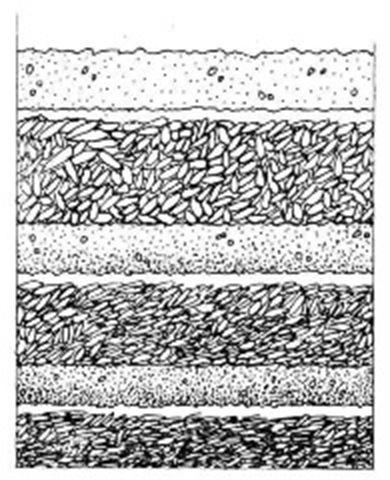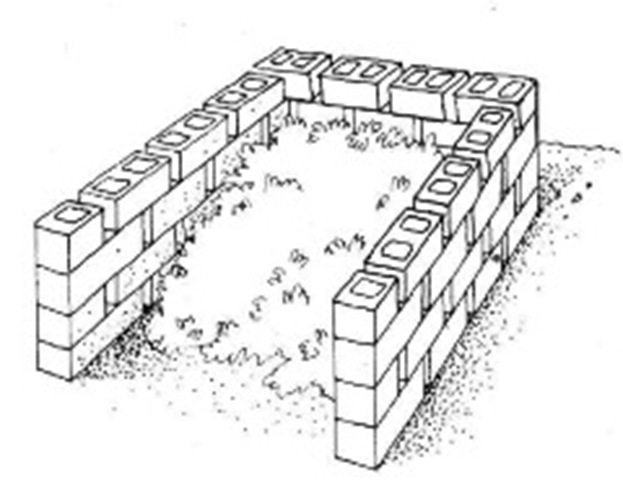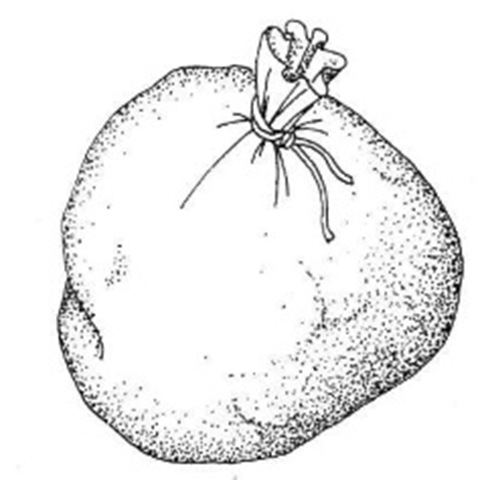Many inexperienced gardeners have the idea that since their vegetables have been doing fine so far without fertilizer, they’ll do fine without it next year, too. But it’s not quite that easy. Certainly, your plants may provide you with vegetables even if you
don’t fertilize at all, but you won’t be getting their best effort. Vegetable plants that are properly fertilized will be healthier and better able to resist disease and attacks from pests, thus giving you more — and higher-quality — produce.
Organic vs. synthetic fertilizers
There are two types of fertilizer: organic and inorganic. They’re both means to the same end, but their composition and action differ in a number of ways. Some people make a sharp distinction between the two, and organic gardeners — as the name suggests — are strongly in favor of organic fertilizers and strongly opposed to the use of synthetics. This is more a matter of personal philosophy than of horticulture, because plants can’t read the label on the package and can only absorb nutrients in an

Layer organic materials to form a compost pile.
Organic matter has to take nitrogen from the soil in order to keep the decaying process going. Composting keeps the waste in one place where it’s not depriving plants of nitrogen.
Composting can save money that you would otherwise spend on soil conditioners and fertilizers. It

A low wail of cinder blocks keeps the compost pile neat.
can save time, too, because it gives you a place to dispose of leaves and grass clippings.
How the composting process works
Compost forms as organic wastes are broken down by microorganisms in the soil. These microorganisms don’t create nutrients; they just break down complex materials into simple ones that the plant can use. Most soil organisms are inactive when soil temperatures are below 40°F; they don’t begin working in earnest until the temperature goes up to about 60°F, and most of them don’t work well in a very acid element. Because they are extremely small, microorganisms work faster when not overwhelmed by large chunks of material.
There are two basic kinds of microorganisms: those that need air to work (aerobic) and those that don’t (anaerobic). It’s possible to compost in an airtight container, thanks to the microorganisms that don’t need air. A tightly covered plastic trash can will convert an enormous amount of organic kitchen waste into compost in the course of a winter. The classic outdoor compost pile should be turned regularly with a pitchfork to provide air for the microorganisms that need it.
How to start a compost pile
If you have a fairly large garden, the best place to put your compost pile is at one end of the garden. The

Small-space gardeners can compost in a plastic garbage bag.
pile can be square, rectangular or round; four to five feet across; and as long as the available space. You can use fencing or cinder blocks to keep the pile under control •
If space is at a premium or if a compost pile doesn’t fit in with your landscaping, start the heap behind some bushes or behind the garage. If the space available is extremely small, you can compost in a large heavy-duty plastic bag or plastic garbage can. You can also work the material directly into the soil.
To build a compost pile, start out with one to two feet of leaves, if you have them, or six to twelve inches of more compact material, such as grass clippings or sawdust. Over this put a layer of fertilizer (manure, blood, bone, cottonseed meal, or commercial fertilizer) and some finely ground limestone (most microorganisms like their environment sweet). Then add some soil to hold water and provide a starter colony of microorganisms. Water the compost carefully. Add a second layer of leaves or other garden waste and repeat the layers. If you have enough material or enough room, put on a third layer. The pile should be kept moist like a squeezed, but not sopping, sponge. As more material becomes available, make new layers, adding more fertilizer and lime each time. Turn the pile with a pitchfork about once a month.
You can use all garden waste on your compost pile except disease- and pest-laden materials, or those that have been treated with pesticides or weedkillers— for instance, grass clippings from an area that’s been treated with a herbicide. Use nontreated grass clippings, leaves, weeds, and sod. You can also use kitchen leftovers like vegetable and fruit peels, vegetable tops, coffee grounds, tea leaves, and eggshells. The finer these materials are chopped and the deeper they’re buried, the quicker they’ll be converted and the less chance there is that they’ll be dug up by inquisitive animals. You can also compost hay, straw, hulls, nutshells, and tree trimmings (not walnut). But unless they’re shedded, these materials will take a long time to decompose.
There are a number of ways you can speed up the composting process. First, you can grind or shred all. compost materials to give the microorganisms a head start. Second, make sure the pile doesn’t dry out, and provide enough fertilizer to encourage rapid growth of the bacteria. Third, you can use a starter culture, either material from an established compost pile or a commercial starter culture.
Composting is a creative activity. There are almost as many different methods of composting as there are gardeners, and like a good stew, the proof is in the final product. And when other gardeners see your compost pile, they’ll know you’re taking good care of your garden and that you’re not just a horticultural dabbler.
Compost and mulch — The difference is in the use
If you’re an inexperienced gardener, you may be confused by the difference between composting and mulching — both processes use waste organic matter. The difference is in the use. Composted materials are dug back into the soil to enrich it and to enable the plants to use the nutrients that have been released by the decaying process. A mulch is a layer of material spread over the ground or around plants to provide protection from heat or cold, to retain soil moisture, or to maintain a certain soil temperature. Compost stays in the soil and eventually becomes part of it; a mulch is removed when the protection it provides is no longer needed.
